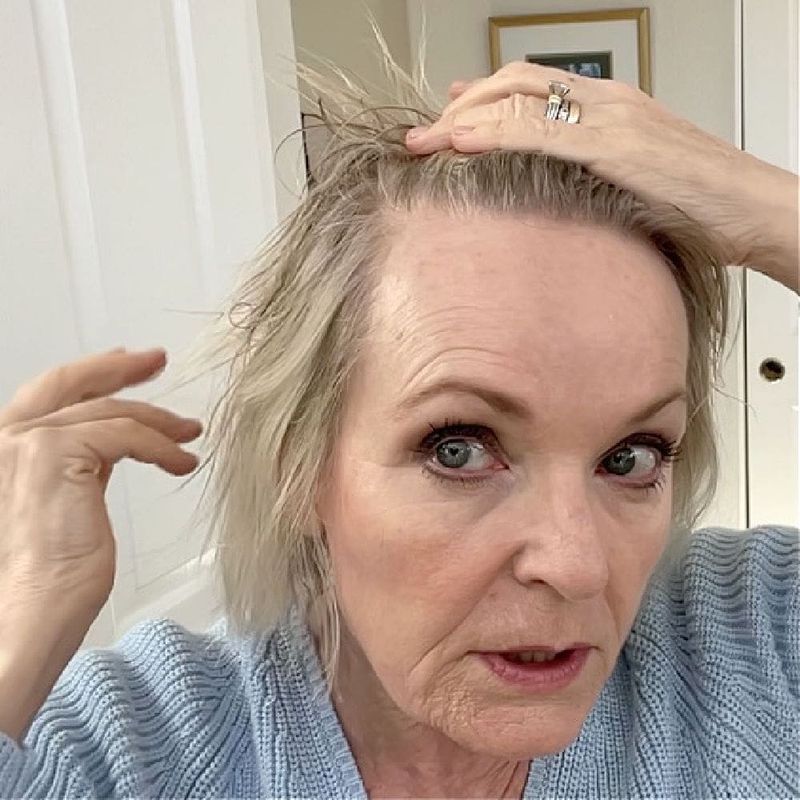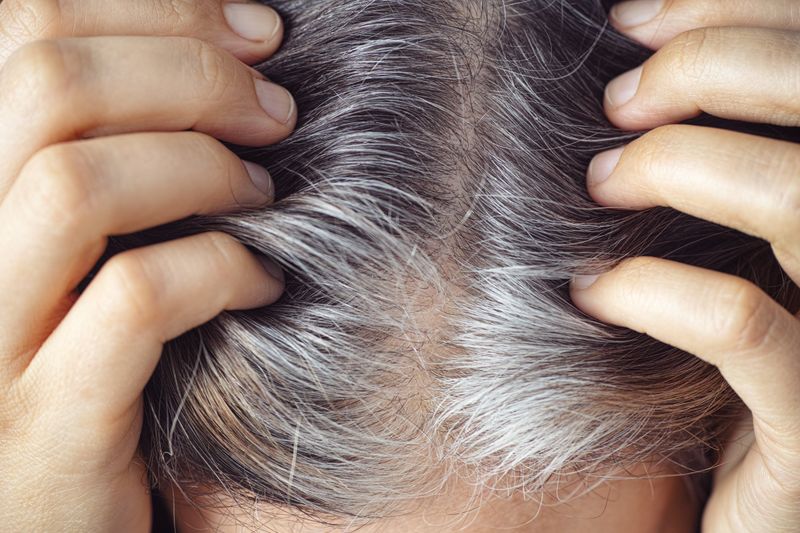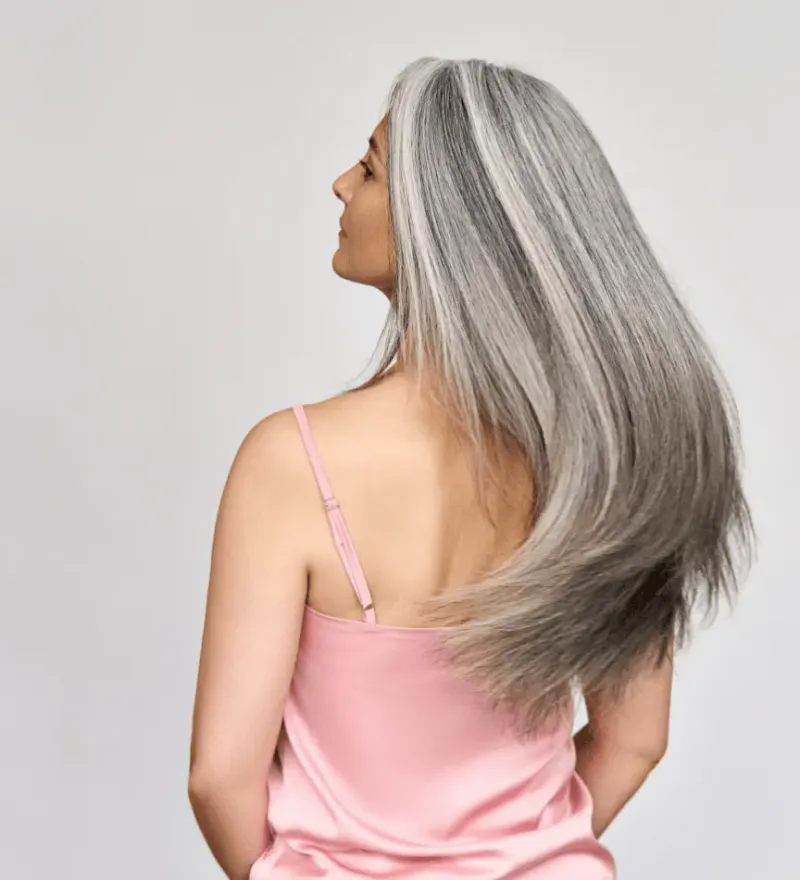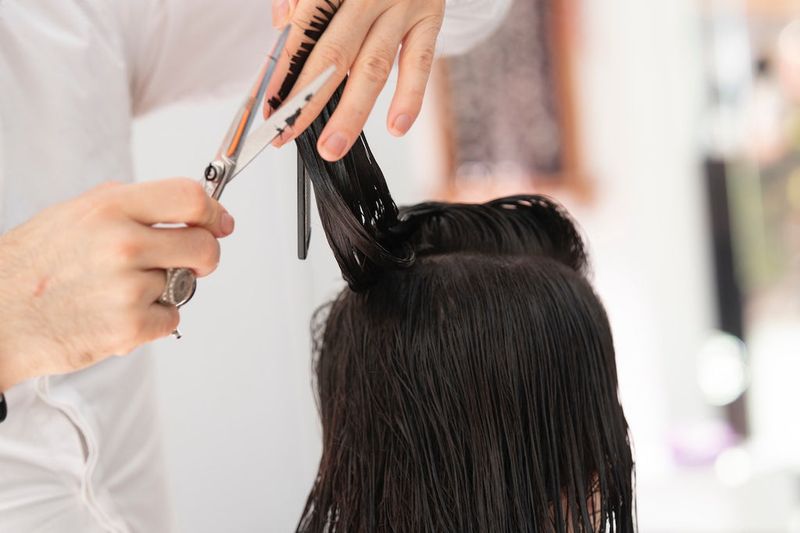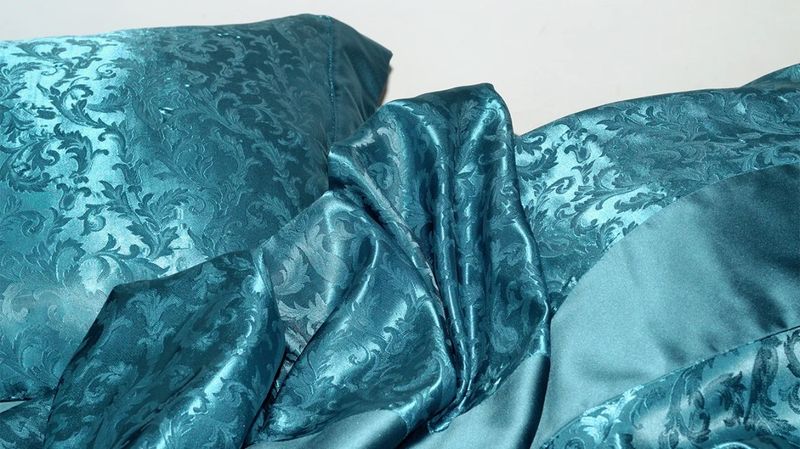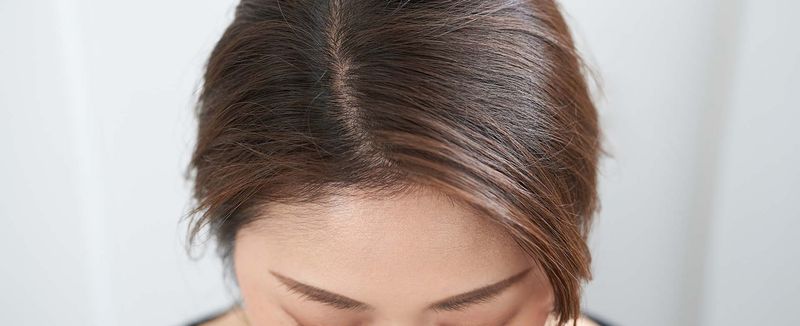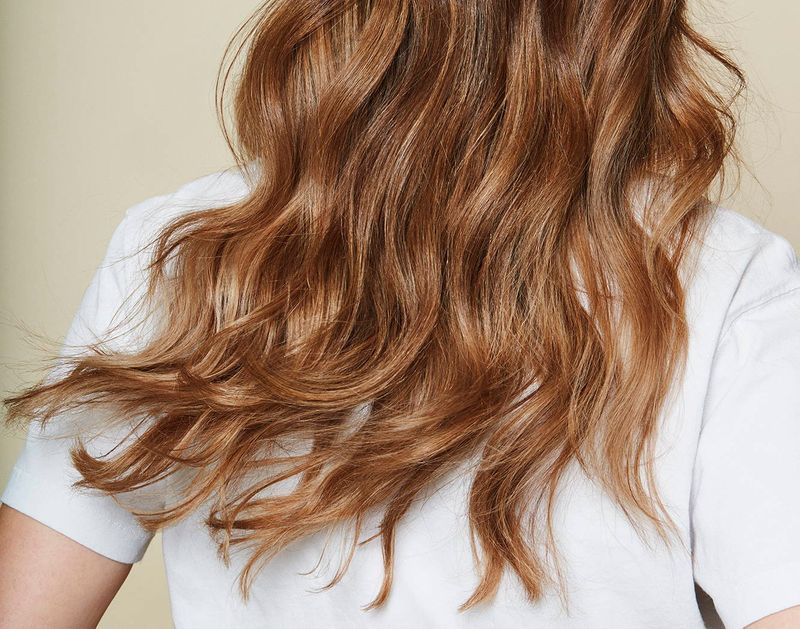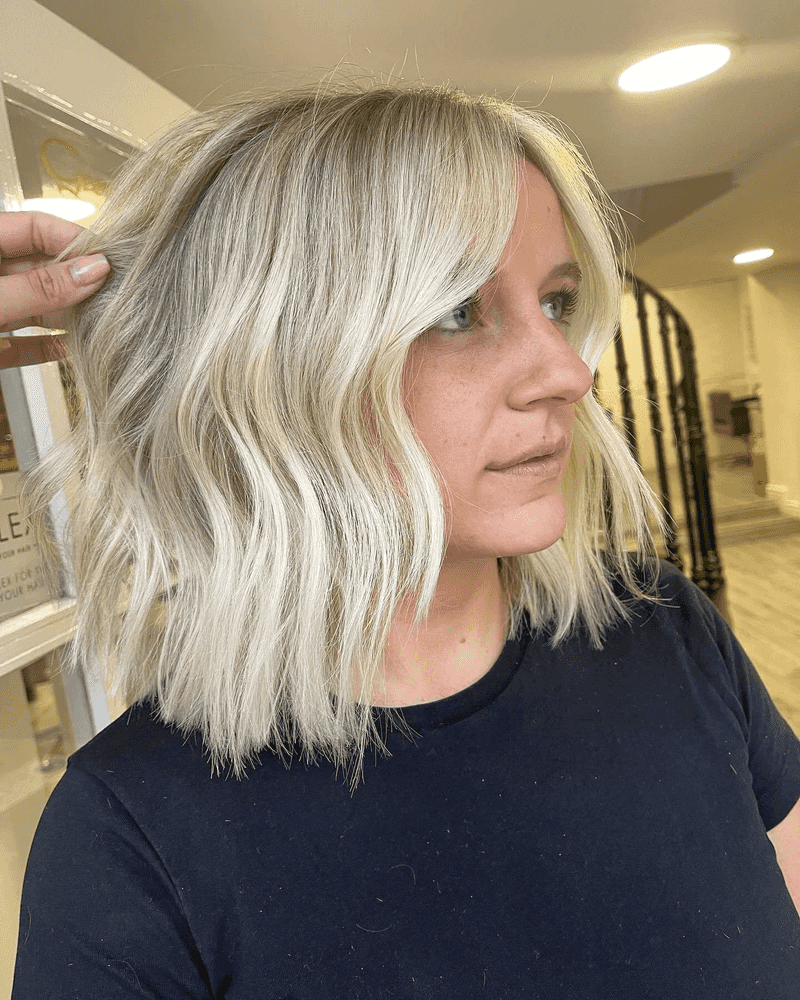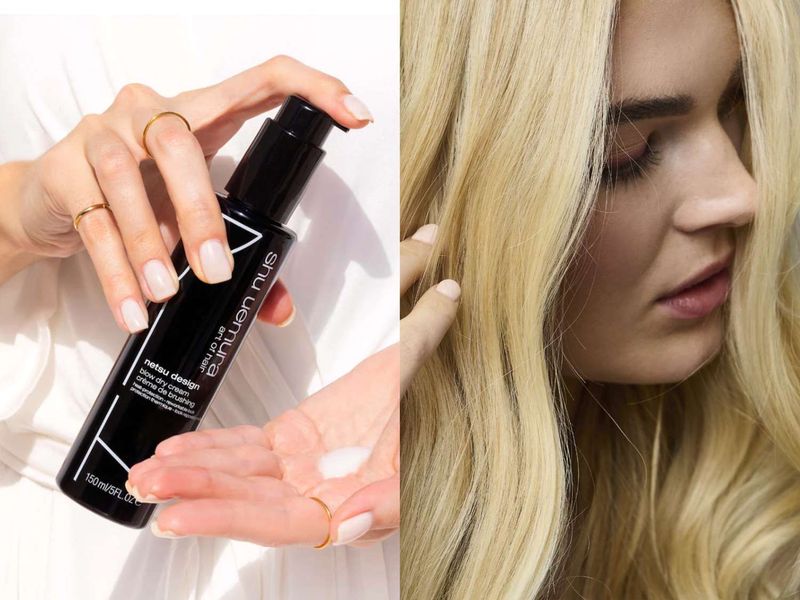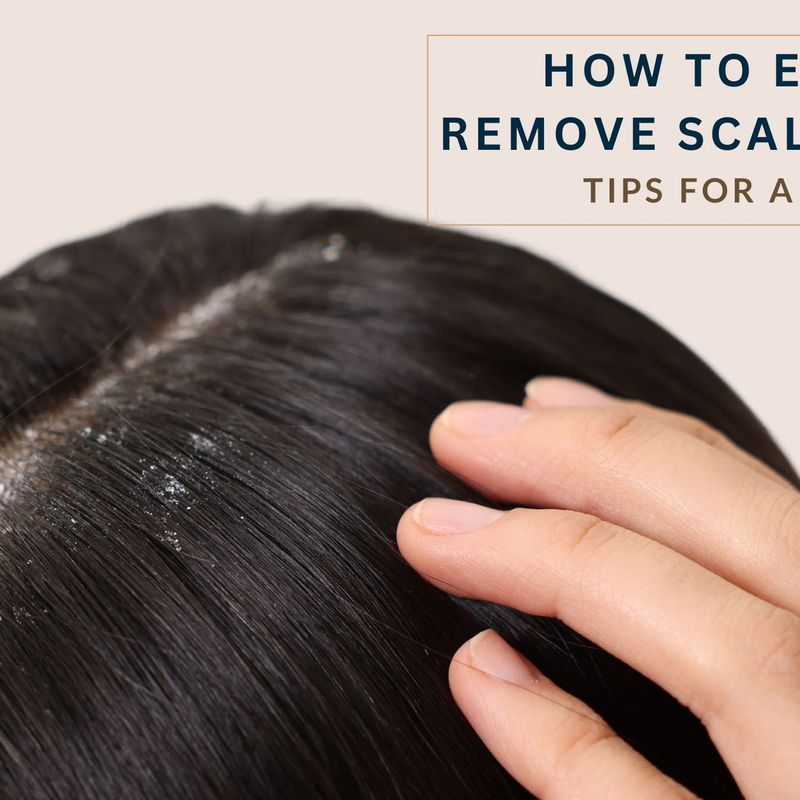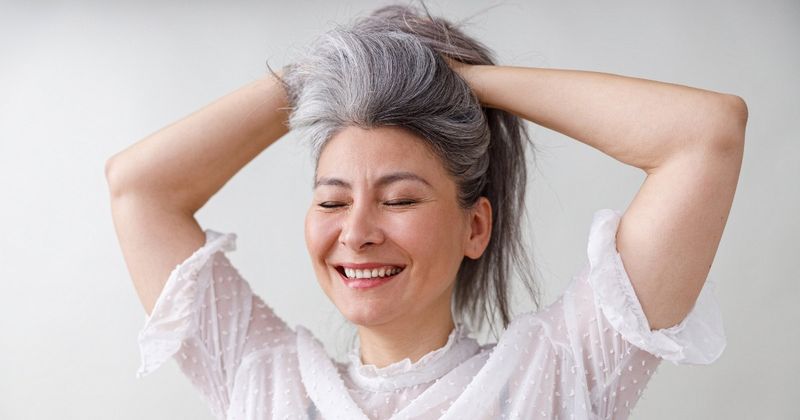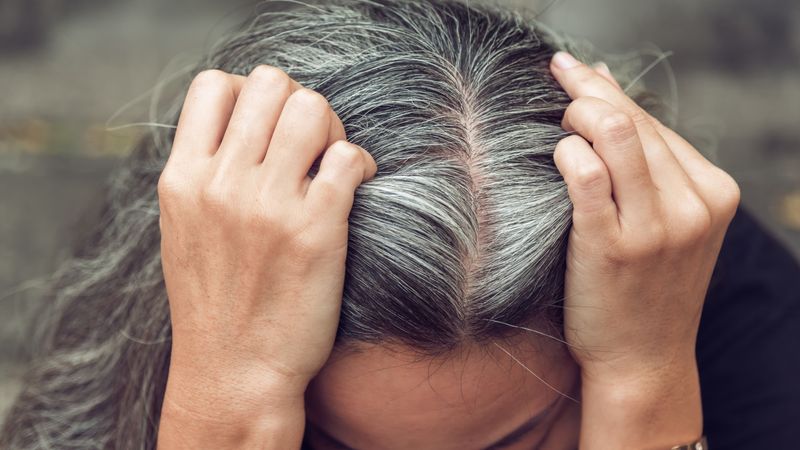Our hair has quite the journey as we grow older! Just like our skin and bodies, our locks undergo significant changes over the decades.
Understanding these shifts can help you adapt your hair care routine and styling choices to keep looking and feeling your best, regardless of your age.
1. Thinning Strands
Hair follicles shrink over time, producing finer hairs that create less volume. Boost thickness with volumizing shampoos containing proteins or collagen.
Related: -15 Subtle Reasons People Stop Loving Their Hair as They Get Older
Try layered haircuts that create the illusion of fullness while being easier to style and maintain.
2. Graying Roots
The natural aging process causes melanin production to slow down or stop completely. Embrace your silver strands with specialized purple shampoos that prevent yellowing.
Not ready for gray? Modern semi-permanent dyes offer gentler alternatives to harsh permanent colors.
3. Drier Texture
Oil glands produce less sebum as we age, leaving hair parched and brittle. Weekly deep conditioning treatments restore moisture without weighing hair down.
Look for products containing hyaluronic acid, which helps hair retain moisture just like it does for skin.
4. Slower Growth Cycles
Hair growth phases shorten with age, meaning your locks might not reach the length they once did. Regular trims every 6-8 weeks prevent split ends from traveling up the shaft.
Scalp massages stimulate blood flow, potentially encouraging healthier growth patterns.
5. Changing Curl Pattern
Hormone fluctuations can alter your natural texture, making straight hair wavier or curls looser. Experiment with new styling techniques that work with—not against—your evolving texture.
Lightweight curl creams define without crunchiness for newly wavy strands.
6. Increased Brittleness
Aging hair becomes more prone to breakage due to structural changes in the hair shaft. Switch to microfiber towels and wide-tooth combs to minimize damage when hair is wet.
Satin pillowcases reduce friction while you sleep, preventing morning breakage.
7. Scalp Sensitivity
Your scalp’s skin thins over time, potentially leading to increased sensitivity or dryness. Fragrance-free, gentle formulations minimize irritation while cleansing effectively.
Cooling mint or tea tree oil treatments soothe uncomfortable scalp conditions without harsh chemicals.
8. Fading Color Vibrancy
Natural pigment cells decrease with age, making colored hair fade faster. Color-depositing conditioners refresh tones between salon visits without damage.
Consider transitioning to warmer tones as they blend more naturally with grays and require less maintenance.
9. Hormonal Thinning Patterns
Menopause and hormonal shifts can trigger specific thinning patterns, particularly at the crown. Topical minoxidil solutions stimulate follicles when applied consistently.
Side-swept bangs cleverly camouflage thinning areas while adding youthful movement to your style.
10. Less Resilient to Heat
Aging hair’s protective cuticle layer weakens, making it more vulnerable to heat damage. Lower your styling tools to medium heat settings—they’ll still work effectively without the extra damage.
Heat protectant sprays become non-negotiable before any hot tool touches your tresses.
11. Changing Face-Framing Needs
As facial contours shift, the haircuts that once flattered may no longer do the trick. Soft layers around the face create movement and draw attention to your best features.
Avoid severe, straight-across cuts that can emphasize aging concerns rather than diminish them.
12. Product Buildup Issues
Aging hair doesn’t shed product residue as efficiently, leading to dullness and flatness. Monthly clarifying treatments remove stubborn buildup without stripping natural oils.
Apple cider vinegar rinses (one part vinegar to four parts water) naturally dissolve residue while balancing scalp pH.
13. Changing Hairline
Receding temples or widening parts become more common with age. Volumizing powders applied directly to the scalp create the illusion of density where needed most.
Strategic part-switching prevents overexposing any single area that might be thinning more noticeably.
14. Increased Processing Time
Resistant gray hairs often need longer processing times for color to fully penetrate. Pre-treatments soften stubborn strands, allowing for better dye absorption and more consistent results.
Schedule additional time at appointments specifically for processing resistant areas like temples.
15. Styling Product Reformulation
Heavy styling products that worked in your youth can now weigh down aging hair. Lightweight mousses and foams provide hold without the heaviness of traditional gels or creams.
Water-based products distribute more evenly through thinning hair and rinse out completely.


